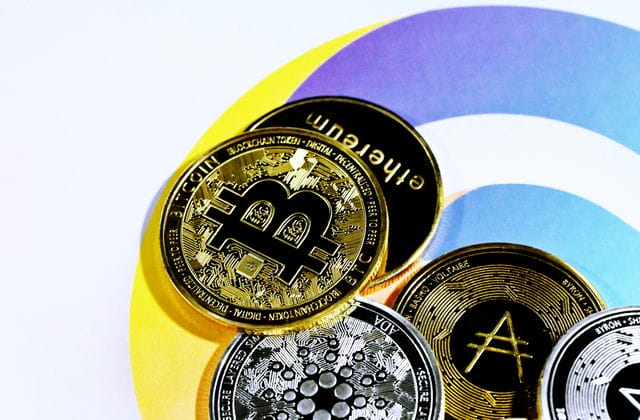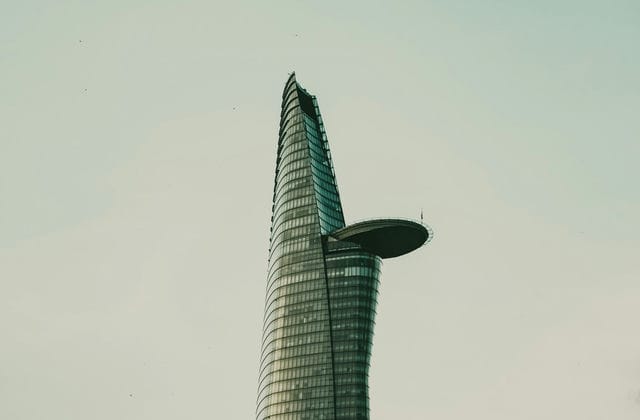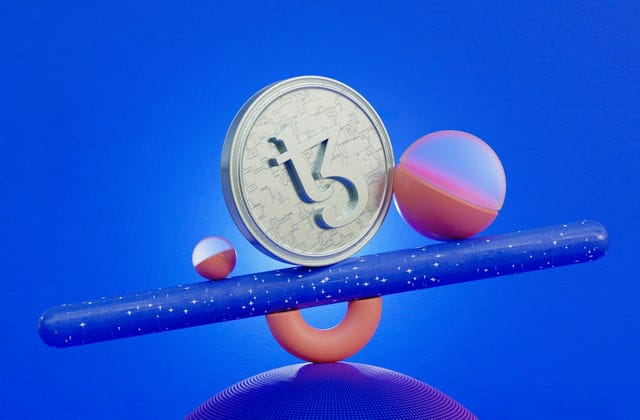Within the Bitcoin developer community, it has been difficult for years to reach consensus on the further development of Bitcoin. These controversies culminated in August 2017 when Bitcoin Cash hard forked and Bitcoin experienced its first hard fork. The genesis of the hard fork lay in the question of how bitcoin should be scaled. While one half of the community wanted to scale off-chain, the other end gave a desire to increase the block size.
As the Bitcoin Gold hard fork shows, there were other reasons for the Bitcoin hard fork. From late 2017 to early 2018, there were more than 20 different hard forks, including Super Bitcoin, Bitcoin Platinum, Bitcoin Cash Plus, Bitcoin Uranium, Bitcoin Silver, Bitcoin Diamond and Bitcoin God. However, at the moment, very few of them still work. Most hard forks have proven to be fraudulent, with developers hoping to benefit from the name "Bitcoin".
However, Bitcoin Gold has remained at the top of the list and is currently among the top 25 cryptocurrencies by market capitalisation.

What is Bitcoin Gold?
As we have already described, Bitcoin Gold is a hard fork of the original Bitcoin. A hard fork is essentially a change to the software source code, as no common consensus can be found on the change, resulting in two different versions of the blockchain. With BTG, the developers took the source code from Bitcoin and modified it to suit their requirements.
It is important to know that both blockchains share a common transaction history prior to the hard fork. This explains why Bitcoin owners received an equal amount of Bitcoin Cash or Bitcoin Gold on the day of the hard fork.
The Bitcoin Gold hard fork occurred on October 24, 2017 at block number 491.408. The purpose of the announced Bitcoin Gold is to "decentralise Bitcoin again". Decentralization refers to the way bitcoin mining works today. To explain why, we must look back at history.
In the early days of Bitcoin, when Sataoshi Nakamoto invented the cryptocurrency, it was possible to use general-purpose home computers to mine Bitcoins. But when Bitcoin proved to be of real value, the arms race began.
First, powerful graphics cards were used to advantage in mining. Shortly thereafter, the first ASICs followed. The mining industry was established and companies were set up to deal exclusively with bitcoin mining. Since then, almost all individuals have been forced out of bitcoin mining as it is no longer profitable for them.
However, from the perspective of many critics, this contradicts the decentralised nature and has led to the centralisation of Bitcoin, as there are now a few major players controlling the hash rate of the Bitcoin network. As a result, there is the Bitcoin Gold Hard Fork. By swapping the mining algorithm from SHA-256 to Equihash, Bitcoin Gold locks the ASIC out of the new network and is able to mine on popular GPUs again.
The main technical reason for this is simple, as Equihash is a more memory intensive algorithm that uses more memory than pure processing power, and therefore was not initially available to ASIC miners. However, Bitmain successfully developed Equihash ASIC miners in the summer of 2018. on 3 July 2018, Bitcoin Gold completed a network upgrade to maintain ASIC resistance.
Apart from Equihash, Bitcoin Gold differs very little from the original Bitcoin. Most parameters are the same as BTC. Bitcoin Gold also has a 10-minute blackout period and a maximum bid of 21 million. There is another essential difference only when each block of Bitcoin Gold is completed with a "difficulty adjustment".

The founders of Bitcoin Gold
As outlined in their white paper, the Bitcoin Gold team has come together as a community-led project to revive Satoshi Nakamoto's original vision.
Satoshi Nakamoto's idealistic vision of "one CPU, one vote" has been replaced by a reality where the manufacture and distribution of mining equipment is dominated by a small number of companies, some of which use abusive practices against individual miners and the Bitcoin network as a whole Bitcoin Gold will provide A new opportunity for countless people to participate in the mining process of widely available consumer hardware, manufactured and distributed by well-known mainstream companies.
The group is led by Jack Liao, founder and CEO of mining hardware manufacturer "LightningAsic". In addition to him, there are five other founders who are not well known: Franco Niebles (chief designer at BTG), Martin Kuvandzhiev (software developer), Robert Kuhne (formerly product manager at Chinese cryptocurrency exchange Huobi), Alejandro Regojo (project manager) and " h4x3 project manager) and " h4x3rotab" (anonymous lead developer).

Criticism of Bitcoin Gold
Especially at the beginning, when Bitcoin Gold was first announced in July 2017, very little information was available about the founders and the project itself. As a result, Bitcoin Gold quickly came under fire.
There may also have been some criticism because the Bitcoin community was tired of the fact that there was going to be another Bitcoin hard fork. In 2017, many developers and early adopters had the opportunity to profit from the name " Bitcoin" and make quick money with a hard fork.
The fact that the BTG team conducted a "pre-mine" (actually a "post-mine") was not particularly favourable. Between the snapshot date (hard fork) and the start of public mining, the team mined 8,000 blocks of 12.5 BTG (a total of 100,000 BTG). This "post-mining" caused controversy.
However, it was later proven that 95% of the previously mined Bitcoin gold was donated to the foundation, which is responsible for the development of the project. Only 5% of the shares were allocated to the six founders. Understandably, the 5% included in the roadmap as an "initial reward for the core team" raised many concerns.





























